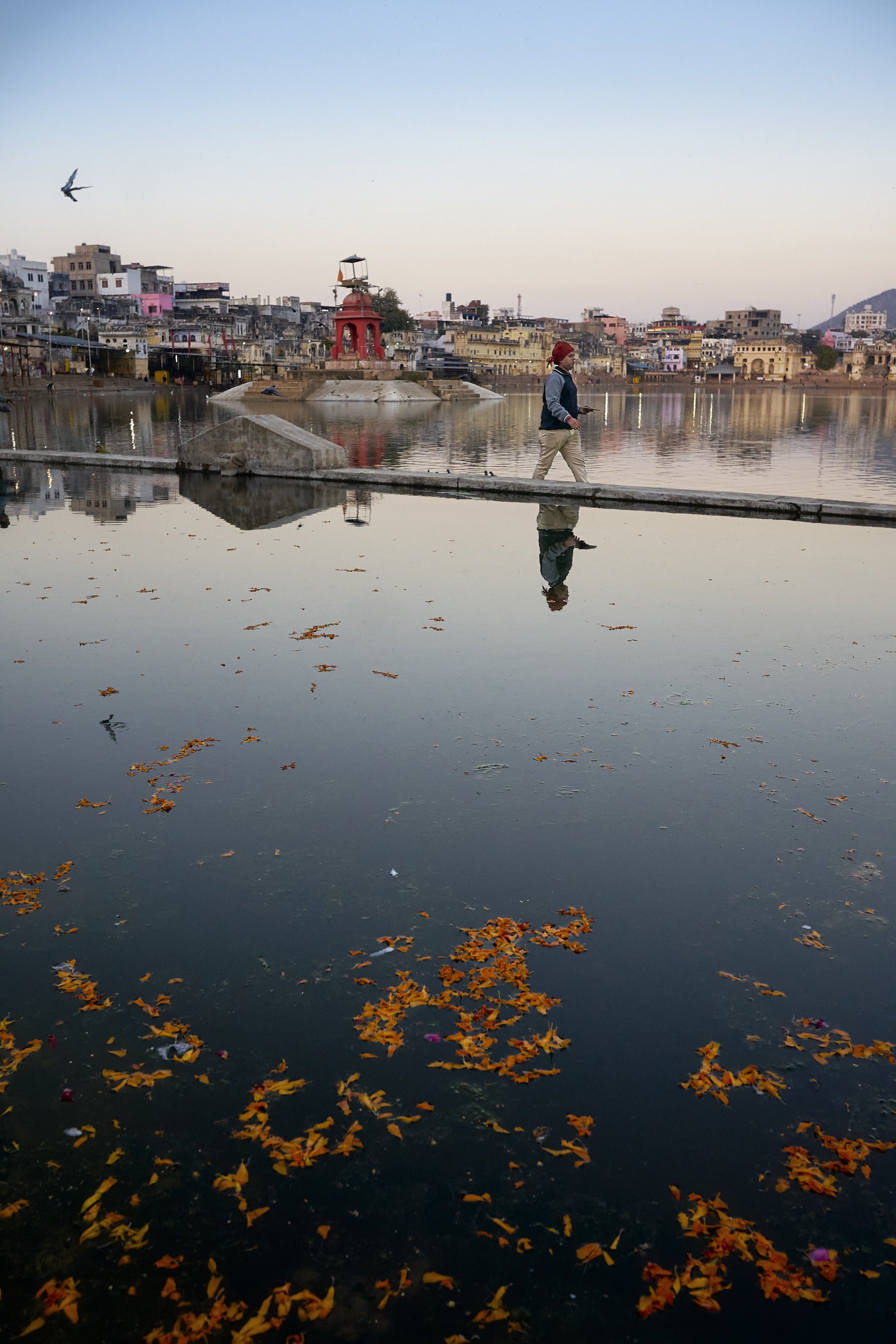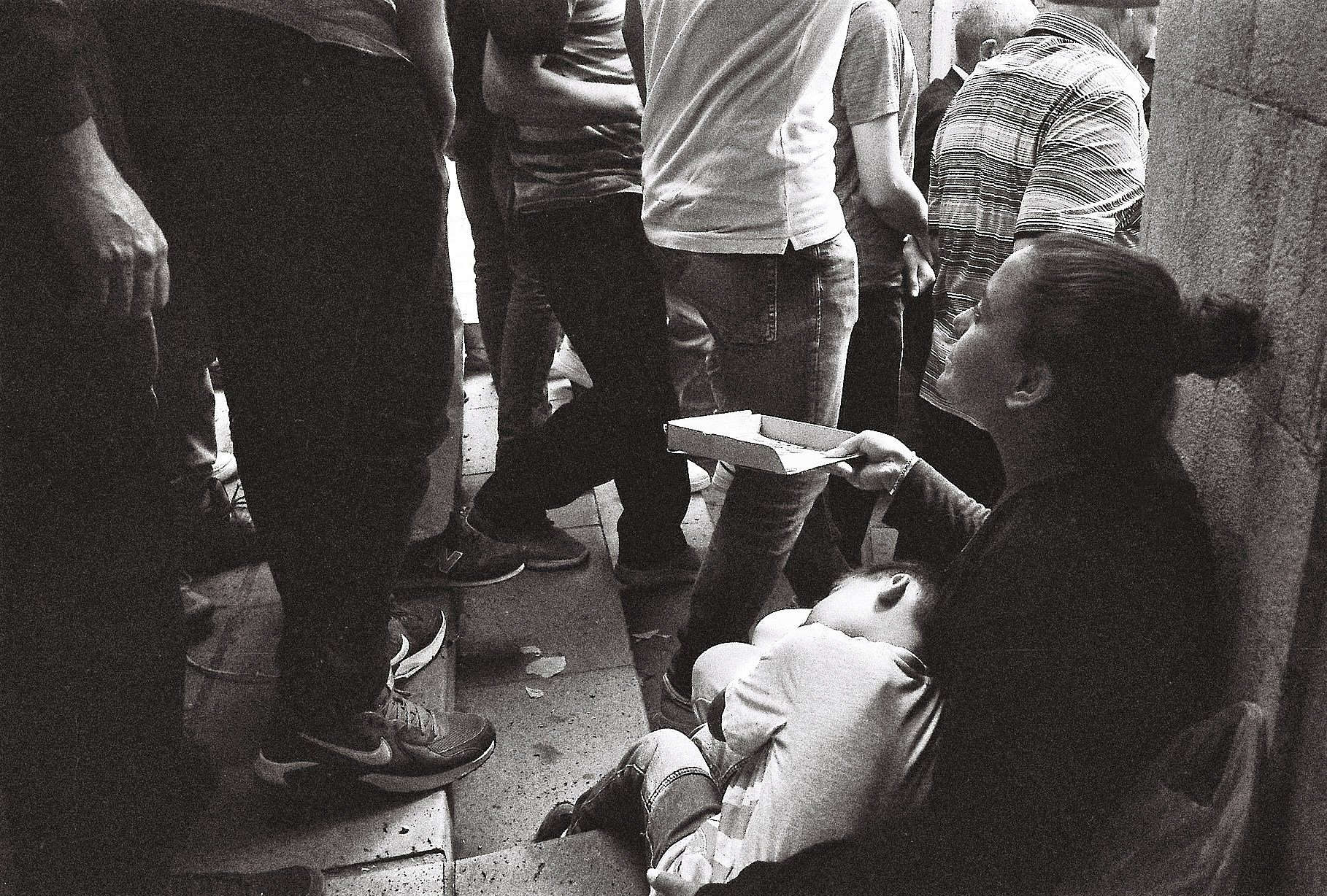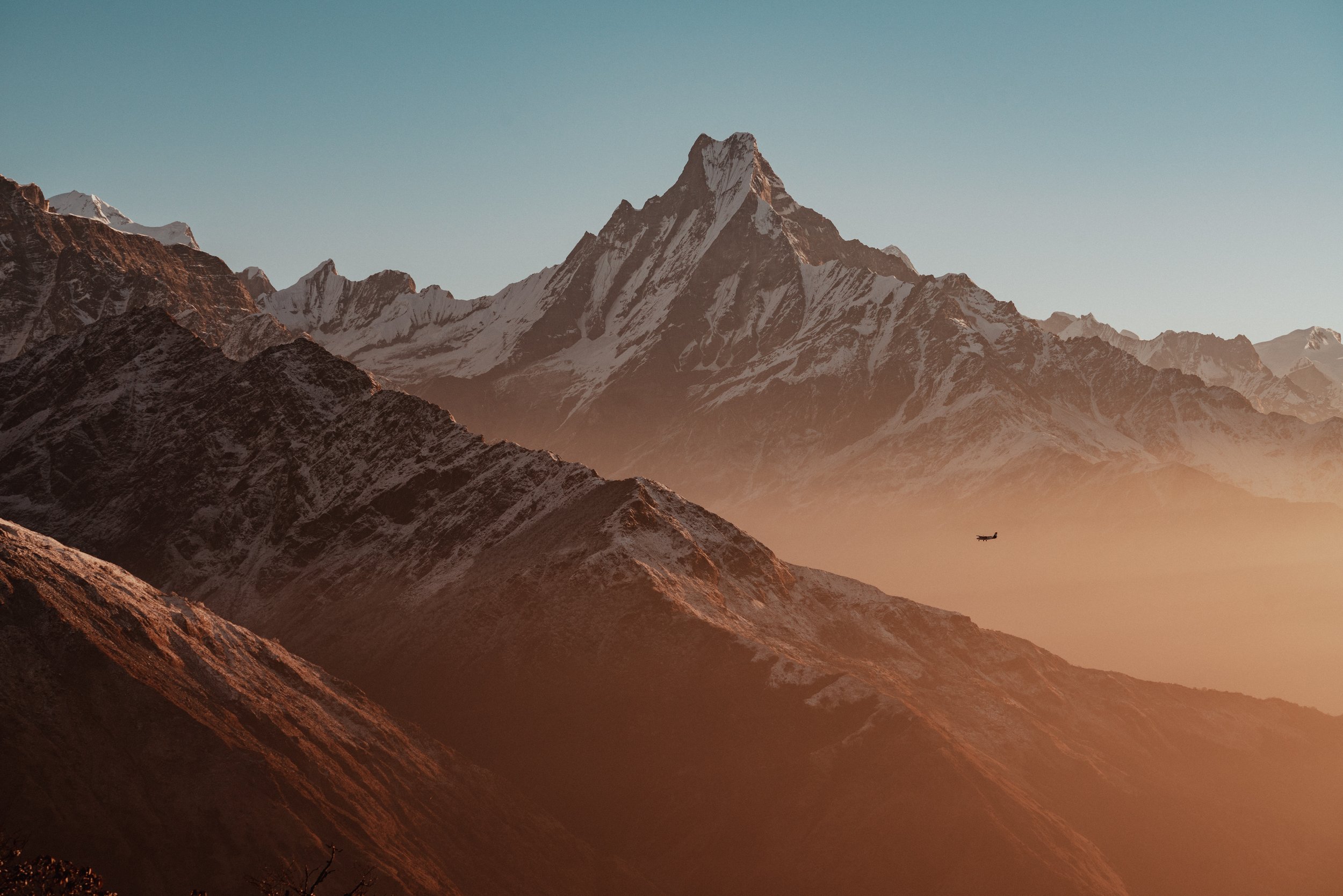ARTIST STATEMENT:
“To be away from home and yet to feel at home anywhere; to see the world, to be at the very center of the world, and yet to be unseen of the world, such are some of the minor pleasures of those independent, intense and impartial spirits, who do not lend themselves easily to linguistic definitions. Thus the lover of universal life moves into the crowd as though into an enormous reservoir of electricity.” –Charles Baudelaire, “The Painter of Modern Life”
In late 2020, I resolved to experiment with traveling slowly - without a return flight, or any terminal destination to move toward. I wanted to gift myself the space and time necessary to see what my life could become. I took a one-way flight to Tirana, Albania in the summer of 2021 without any idea of when or from where I would return home. Having no end date on the calendar allowed me to focus entirely on being in the present moment, living where my feet are, and accepting fate. Chance encounters opened up an opportunity for me to sustain myself in travel through my photography, eventually leading to assignments in ten countries.
Traveling in an open-ended fashion enabled me to discover what I’m truly capable of. Travel also became an inward journey, as I was forced to find “home” within myself. After two and a half years, I feel fortunate to be able to showcase some of the work from these travels in my hometown.
“No Destination” is about living in the present, focusing on the journey, and seeing through the eyes of a traveler no matter where your path may lead. I hope it can also serve as an inspiration to others who are feeling a call to travel, a desire to see what lies beyond our screens and self-determined bounds, or to seek out an entirely different way of living one’s life.
*The latest edition of this show features four new images, plus a remix by by painter, muralist, and Des Moines resident, Kuperman Draws.
I want to thank Daisy Chain Coffee for presenting this exhibition.
-M
“Travel is at it’s most rewarding when it ceases to be at reaching a particular destination, and becomes indistinguishable from living your life.” Paul Theroux, ‘Ghost Train to the Eastern Star’
Purchasing Prints?
For those of you at Daisy Chain Coffee - you can order one of my Photographs in one of two ways…
1) You can purchase via my Venmo code (see below) -
Just enter the price on the wall, and add a note with the number of the print you are purchasing, and send the funds. Then you can ask the staff at Daisy Chain for a sticker to block off the price of the image you purchased. You can pick up the photo at Daisy Chain once the show has concluded in February.
Venmo: @matthew-nelson-38
2) You can also just order the print on my online store: HERE
If you do this, you can pay to have the print shipped/delivered to your door. Or you can use promo code “DAISYCHAIN” if you would prefer to pick up the print in person, and nullify the shipping charge (which is automatically applied on my site - so be sure to use the code if you are picking up at Daisy Chain in person).
With this method, the store will collect all of the relevant selection and contact information so I can get a hold of you. You can also pay by credit card this way.
Also - please be sure to get a sticker from the staff at Daisy Chain to block off the price tag of the print you have purchased.















































